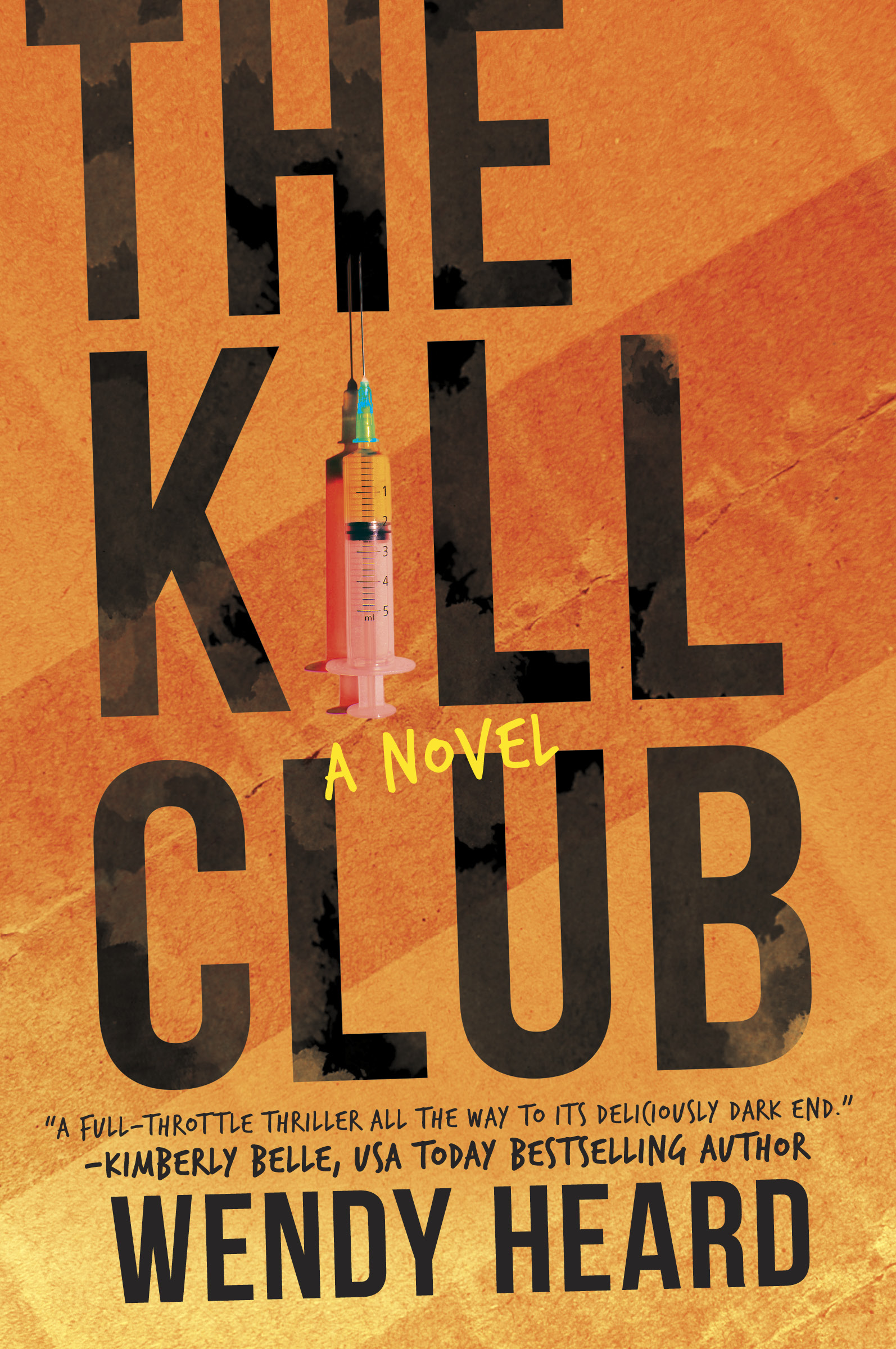“If your’e struggling, level up.”
—JT Ellison
I learned a TON at this year’s ThrillerFest, and I thought I’d share!
Diana Urban presented for BookBub, and she gave us SO many ideas on marketing (applicable to both traditional and self published work). Her presentation is available for download here.
Some really experienced writers shared stories with me about publishing highs and lows, which I found incredibly encouraging and made me feel armed for this next year (I have a book coming out and a book in edits and a book on the shelves, and am worried about All the Things). A common thread I heard from them was that there WILL be highs and lows, and the best way to prepare for them is to:
Be proactive with the marketing and promo you can do yourself. Get creative, work on this for an hour or two a day, be consistent, and stay on top of things.
Be professional and kind to everyone you meet; Publishing is a VERY small world. Everyone knows everyone.
Don’t be afraid to ask questions, but don’t pester people; tailor things into concise emails, and if a lot of follow-up needs to happen, have your agent do that so you aren’t the bad guy. Stay on top of the financials and business stuff. Remember that this IS a business; try not to approach the logistics from a place of emotion.
Above all, WRITE THE NEXT BOOK. As JT Ellison (resident bad ass and knower of all things) told me, write a book they can’t ignore.
Publishing is a tough business. It’s easy to fall into complaining or negativity. Try to see the positive and rise above the negativity, shaking it off as quickly as you can. Remember, it’s all about the writing. Try to keep most of the emotional energy around the writing itself, not the marketing, sales, PR, etc.
I heard great things about AuthorBuzz, if you’re looking to hire your own marketing. Specifically, I heard there is a woman there named MJ who is wonderful.
JT Ellison raved about Sarah Weinman’s Women in Crime Anthologies, which contain crime fiction written by women in the 1940s and 50s. How badly do we want to read something vintage and noir, only to come up against blatant racism and misogyny in works by authors like Dashiel Hammett? I’m so excited to read these.
Jennifer HIllier’s Jar of Hearts won a Thriller Award for Best Hardcover, which was incredibly well-deserved. I have insider knowledge that her next book should be surprising, psychological, and intensely well-written. I cannot WAIT.
Quotes from Thrillerfest I wanted to share:
“Respect your people’s time. When communicating with your agent/editor, respect their time and keep things as minimal and simple as you can. “ Steve Berry
“Every chapter should ask a question and leave some questions unanswered.” Kimberly Belle
“A reader needs an emotional investment in a character, even if that’s that you want to see them get their comeuppance. There has to be a reason to keep reading.” Cate Holohan
“Use your newsletter to build your readership. It’s going to be slow and steady, but those are your real readers.” Steve Berry
“Write a book they CAN’T IGNORE.” JT Ellison




